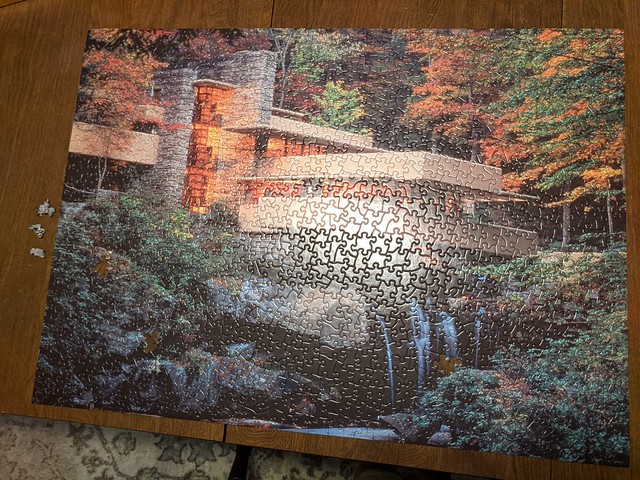 (This is for the Slice of Life challenge, hosted by Two Writing Teachers. We write on Tuesdays about the small moments in the larger perspective … or is that the larger perspective in the smaller moments? You write, too.)
(This is for the Slice of Life challenge, hosted by Two Writing Teachers. We write on Tuesdays about the small moments in the larger perspective … or is that the larger perspective in the smaller moments? You write, too.)
The School Committee in the town where I teach is poised to vote this week on whether to start bringing everyone — hundreds more students — back into our school building. The committee has been getting an earful on Facebook, apparently, from parents, demanding school fully re-open so they can get back to their jobs.
Meanwhile, numbers of virus cases all around us are rising – two neighboring cities just went up a level in the state’s data map of Covid-19 trends. I don’t see how we would do a full return, to be honest, as in our current Hybrid Model (half kids two days, the other half the other two days, Wednesdays full remote for building cleaning), the desks for my largest class of 11 kids at 6 feet apart take up nearly the entire room.
After the last School Committee meeting, where they discussed this possibility of a full return (meaning about 600 people would be in our building), I waited to see if they would be surveying families (nope); or staff (nope); or students (nope.). It seems to me, on listening to the discussions, as if Facebook is what many are listening to (and that scares me almost as much as anything – in that same Facebook group, some parents have apparently begun to turn on us teachers) as well as emails and letters from interested parties.
It galls me that we don’t regularly ask the very ones who are affected most by those decisions what they think: our students; their children.
So on two recent mornings, I asked my two homeroom cohorts the question of a full return, and what a lively and thoughtful discussion we had on this stop of a full return. Clearly, these sixth graders have been thinking deeply about this topic, but not often being asked.
My general sense is that students are happy to be back in school, even in the current model with all of the restrictions and safety protocols that limit their interactions with each other and teachers, and many want to remain that way until the virus is brought under control. There were some strong arguments in favor of bringing everyone in, however, including socialization and friendship and the pace of education.
I made sure to frame my questions as neutral — neither favoring a full return nor advocating against it — and I opened the floor to anyone who had a point to make, and the back-and-forth and follow-up-questions made me proud of these sixth graders. I just wish the small group of elected officials who only meet remote on Zoom out of safety precautions would find a way to listen to the young people who are in our building, doing their part to stay safe by bringing a level of cautious normalcy to our community.
Peace (listening),
Kevin



